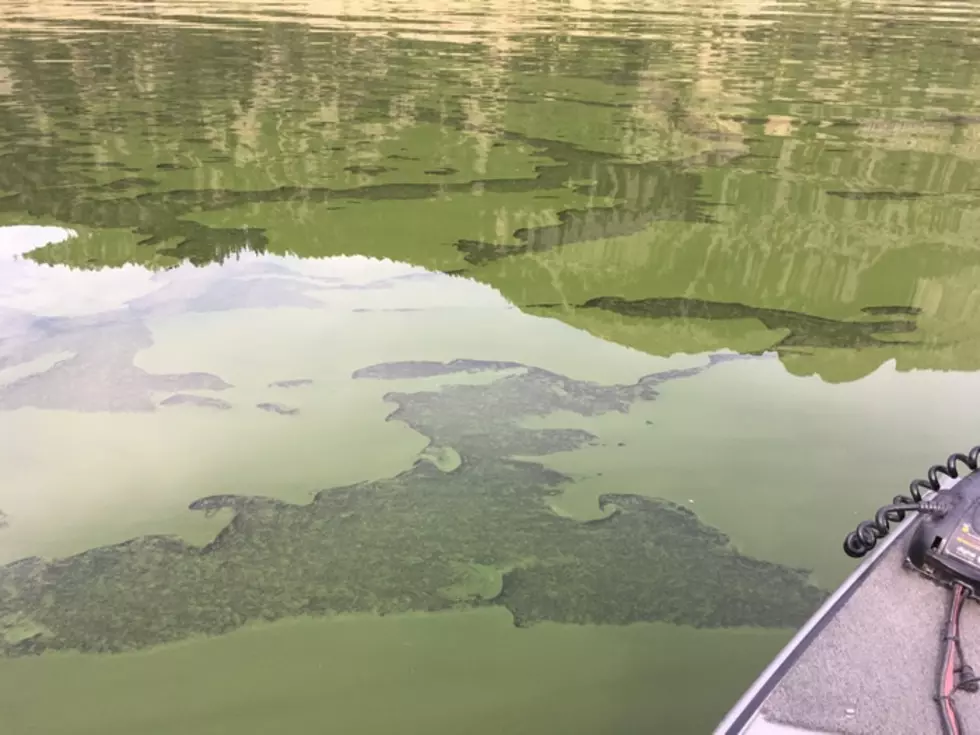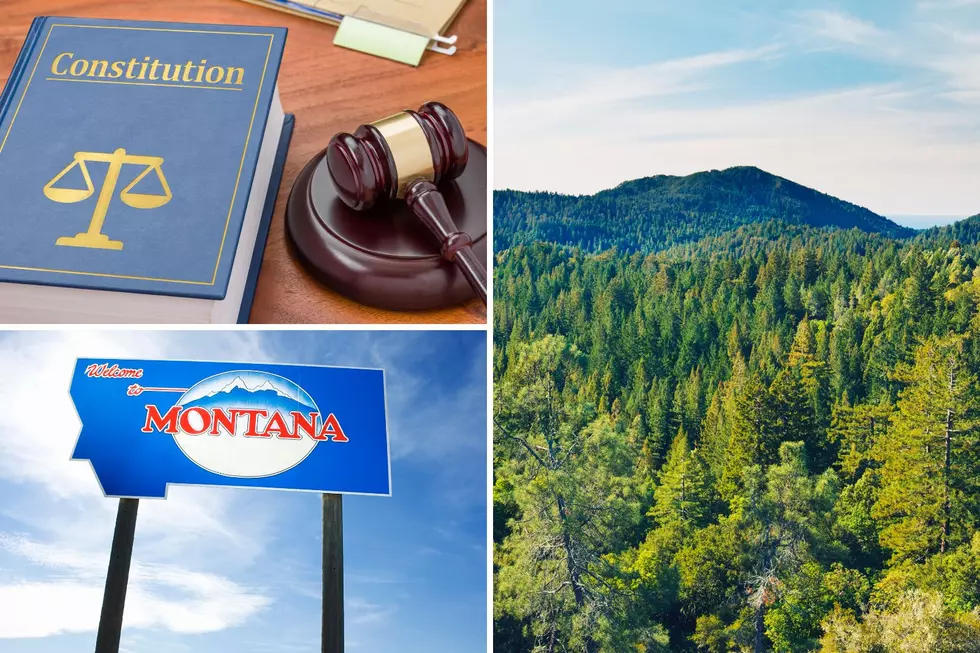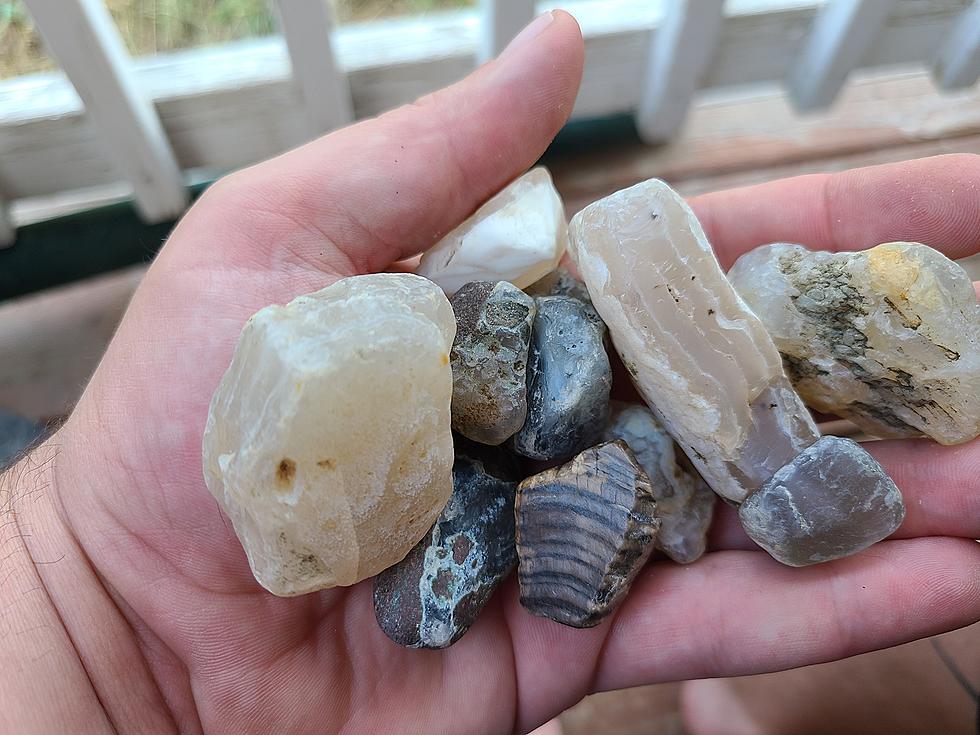
Pet Owners: Beware of Harmful Algae Blooms Across Montana
The Montana Department of Health and Human Services is advising residents of Montana to be on the lookout for harmful algae blooms.
The blooms can harm people, animals, or the local ecosystem mainly via the production of toxins known as cyanotoxins.
Potentially toxic blue-green algae occur throughout Montana in any standing bodies of water exposed to the sun, e.g., lakes, reservoirs, stock ponds, eddies in slow moving water, and roadside ditches.
A bloom of potentially toxic blue-green algae appears as 'pea soup,' 'grass clippings,' or 'green latex paint.' The algae usually are suspended in the water column or aggregated into floating mats; they do not grow from the bottom as do mosses or 'water weeds.'
It is difficult to determine if an algae bloom is harmful just by looking at it. If you do see or suspect a bloom, it is best to keep clear of the water and avoid any ingestion of the water. If you and/or your pet do go into the water, wash yourself off with clean water immediately after.
How can people or animals get sick?
People or animals can get sick when they have contact with water or food contaminated with algal toxins by:
- Participating in recreational activities such as swimming, kayaking, fishing, or wading through water.
- Breathing in contaminated tiny water droplets or mist from recreational activities or wind-blown sea spray.
- Drinking contaminated water.
- Eating contaminated seafood (fish or shellfish).
Symptoms can start within a few hours of exposure and can last for 2-3 days. Skin exposure can result in skin irritation; and ingestion can result in abdominal pain, vomiting, and neurological effects.
The map below displays harmful algal bloom reports made by the public. Reports made within the past 2 weeks are displayed as red dots. Older reports are displayed as blue or green dots with varying shades of color depending on the age of the report.
If you think you have a HAB-associated illness, please contact your local health agency or call 1-888-849-2938. If you have any questions about symptoms you are experiencing, contact your healthcare provider or call the Montana Poison Control Center at 1-800-222-1222.
The information in this story was provided by The Montana Department of Health and Human Services.
More From KBUL NEWS TALK 970 AM & 103.3 FM









